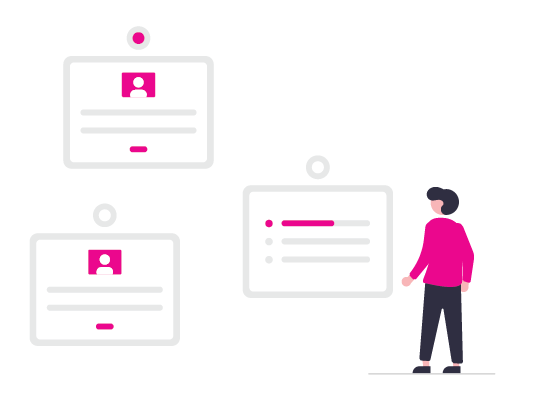Payment assistance made simple for utilities
The number of unpaid utility bills is on the rise due to a perfect storm of elevated monetary inflation, rising energy and water prices, and COVID-19 rate relief efforts coming to an end. To alleviate this situation for customers and avoid losing revenue, utilities must optimize their processes for handling customer assistance programs.
Utility customers throughout the US
are facing challenging times
Record monetary inflation, rising energy and water prices, and the expiration of state-based rate relief efforts put in place during the COVID-19 pandemic have caused a growing segment of utility customers to be unable to pay their bills.
In fact, according to the National Energy Assistance Directors’ Association, power utility arrearages have more than doubled since 2019, rising from $10.5 billion to $23 billion, owed by an estimated 20.1 million households. An estimated 3.5 million Americans had their power disconnected in the U.S. from 2020 to 2021 alone.
This is problematic from an altruistic perspective and a monetary one: Water and power are vital services for human welfare, and disconnections are costly for utilities given the substantial lost revenue.


Fortunately, help is available to customers experiencing financial hardship.
In cities throughout the country, numerous government agencies and not-for-profit organizations (e. g. the Department of Human and Health Services and the Society of Saint Vincent de Paul) have established payment assistance and home energy crisis intervention programs to help customers struggling to pay their utility bills.
But qualifying for assistance is no simple task. To benefit from these programs, the customers must first apply for aid, after which the agency must review the applications based on each customer’s unique situation to determine eligibility. This requires the agency to reach out to the customer’s utility for additional information.
Handling these requests can become a burden for customer support representative (CSR) teams at the utility, especially in the wake of a lifted moratorium where many customers apply for assistance simultaneously.
Given the overhead at utilities and the typically manual process of collating and routing these account details, it can take weeks before an agency receives the information needed to decide to provide assistance or not. During this period the customer is needlessly exposed to being shut off from service. But there’s a solution.

UMAX Payment Assistance Portal
In partnership with the Lansing Board of Water and Light (BWL), Itineris designed a solution where agencies, independently and securely, can perform their account research without assistance from the utility.
The Payment Assistance Portal, a feature of Itineris’ UMAX, ensures that:

The solution offers complete transparency to the utility throughout the entire application review process. The utility can also determine how long the investigation period (during which the customer is protected from being shut off) can last. It ensures pledges (promises to pay) and payments are processed with the proper accounting rigor, as well.
Equipped with Itineris’ UMAX Payment Assistance Portal, utilities can provide better, faster access to required data so agencies can help struggling customers. This improves customer satisfaction, eases the utility’s administrative burden, and delivers superior revenue collection at a lower overhead.
UMAX, a powerful solution for utilities
UMAX is built on and is fully integrated with the Microsoft Dynamics 365 platform.

Continue Reading
Transforming energy suppliers into solution providers: 5 key strategies
In today's fast-paced world, energy suppliers must evolve into comprehensive solution providers. Discover five key strategies to lead this evolution.
3 ways AI is transforming how utilities serve customers
Discover how Microsoft's Copilot AI, a natively integrated component of our UMAX CIS/CRM, can enhance customer experience, alleviate demand on your customer service teams, and boost operational efficiency.
Transforming Energy Management in Utilities: how to put your customers in control
Discover 3 actionable strategies energy suppliers can implement to empower their customers and drive a paradigm shift in energy management.




